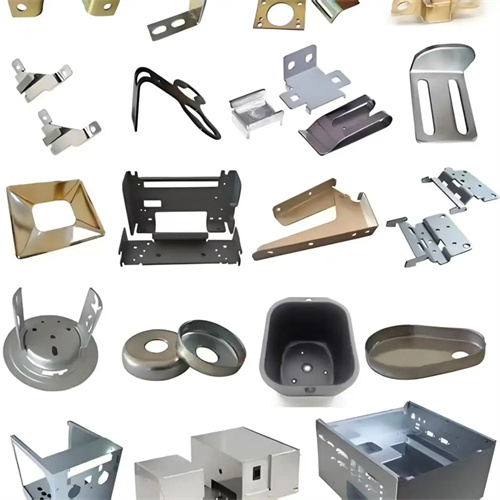Extruded tin bronze rod
Extruded tin bronze rod is a copper-based bronze bar containing 3%-14% tin. Produced through a hot extrusion process, it exhibits excellent wear and corrosion resistance, as well as good mechanical properties. It is widely used in wear-resistant components such as bearings, bushings, and gears, as well as structural components used in corrosive environments such as shipbuilding and chemical industries. Its diameter typically ranges from 10-200 mm and its length ranges from 3-6 meters. Common grades include QSn4-3 (containing 3.5%-4.5% tin and 2.5%-3.5% zinc) and QSn6.5-0.1 (containing 6%-7% tin and 0.03%-0.08% phosphorus). Tin content directly affects material properties: higher tin content improves wear resistance but reduces plasticity.
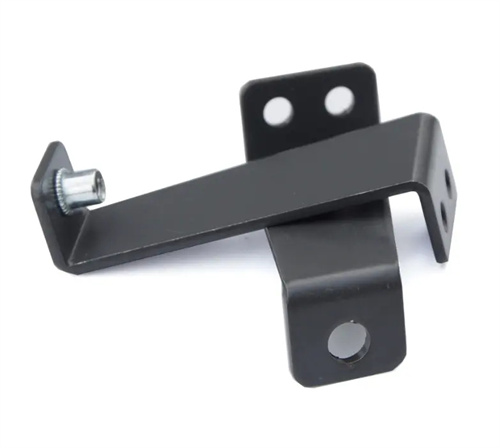
The production process for extruded tin bronze rods involves alloy smelting, ingot casting, homogenization, extrusion, heat treatment, and finishing. First, electrolytic copper (purity ≥99.95%), tin ingots (purity ≥99.9%), and other alloying elements (such as zinc and phosphorus) are smelted in a medium-frequency induction furnace at a temperature of 1100-1200°C. Tin is added slowly to minimize burnout. Inert gas agitation is used to remove gases and inclusions, ensuring a uniform composition with a tin content deviation of ≤±0.2%. A semi-continuous casting process is used to produce round ingots with a diameter of 120-300 mm. Cooling rates are controlled at 50-80°C/minute to avoid shrinkage cavities and segregation. The ingots undergo a homogenization annealing process (700-750°C for 6-8 hours) to ensure full diffusion of the tin. During the extrusion process, the ingot is heated to 700-800°C and extruded into rods using a horizontal extruder with an extrusion ratio of 8-15 and an extrusion speed of 3-8 m/min. The die is made of heat-resistant alloy to ensure accurate rod dimensions, with a diameter tolerance of ≤±0.3 mm. Annealing is performed at 500-600°C for 2-4 hours to eliminate extrusion stress, reduce the rod hardness to HB80-120, and improve processability. Finally, straightening (straightness ≤1.5 mm/m), non-destructive testing (ultrasonic testing), and surface finishing are performed to ensure the rods are free of internal defects and have a surface roughness of Ra ≤3.2 μm.
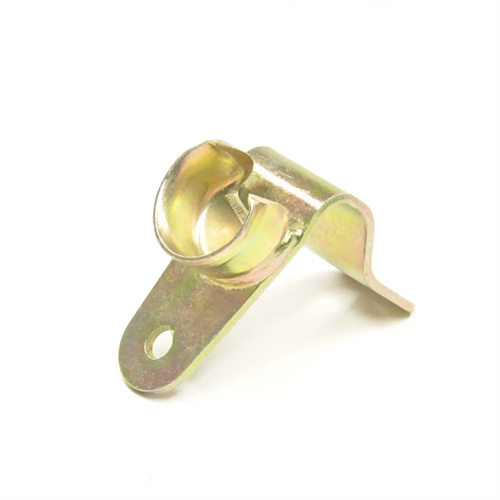
The performance advantages of extruded tin bronze rods make them outstanding in the fields of wear resistance and corrosion resistance. First, it boasts excellent wear resistance. QSn6.5-0.1 tin bronze rods have a Brinell hardness of ≥100 HB and a coefficient of friction of ≤0.2. Under sliding friction conditions (such as contact between bearings and journals), the wear rate is over 60% lower than that of steel, and its service life is 3-5 times that of steel parts. Second, it offers excellent mechanical properties, with a tensile strength of ≥300 MPa, a yield strength of ≥150 MPa, and an elongation at break of ≥20%, making it suitable for manufacturing transmission components. Third, it offers excellent corrosion resistance, with a corrosion rate of ≤0.008 mm/year in seawater, freshwater, steam, and mildly corrosive media. It is also resistant to rust in humid environments, making it suitable for outdoor and underwater equipment. Fourth, it offers excellent anti-friction properties and self-lubricating properties, allowing it to operate normally even under poor or no lubrication conditions, reducing equipment maintenance costs. Fifth, it boasts excellent machinability, enabling precision machining such as turning, boring, and grinding to produce complex parts with high dimensional accuracy, meeting the assembly requirements of high-end equipment.
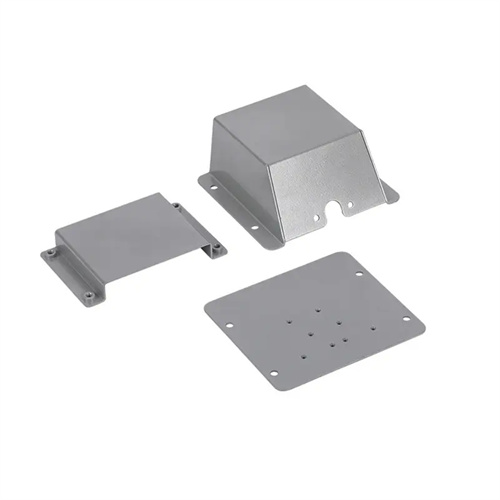
Extruded tin bronze rods are an ideal material for wear- and corrosion-resistant components. In mechanical manufacturing, QSn6.5-0.1 tin bronze rods with diameters of 30-80 mm are used in machine tool spindle bearings and reducer gears, leveraging their wear resistance to ensure transmission accuracy. In shipbuilding, QSn4-3 tin bronze rods with diameters of 50-150 mm are used in marine diesel engine bearings and connecting rod bushings to resist corrosion from seawater and lubricating oils. In chemical equipment, reactor agitator shaft sleeves and valve spools utilize tin bronze rods with diameters of 20-60 mm to withstand corrosion from acidic and alkaline media. In textile machinery, loom rollers and spindles utilize small-diameter tin bronze rods (10-30 mm) to ensure wear resistance under high-speed operation. In the instrumentation industry, precision instrument gears and pointer shafts utilize tin bronze rods with diameters of 5-20 mm, balancing precision and corrosion resistance.
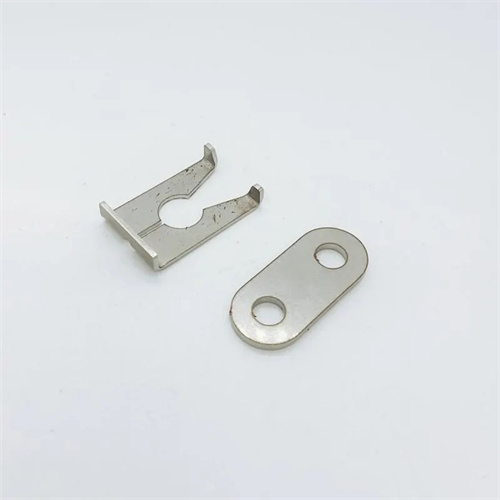
Industry trends indicate that extruded tin bronze rods are moving toward high performance, high precision, and composite materials. By adding trace alloying elements (such as nickel and titanium), the tensile strength of high-performance tin bronze rods is increased to over 400 MPa, while wear resistance is further enhanced by 20%. High-precision extrusion technology is being promoted, with diameter tolerances controlled within ±0.05 mm, meeting the processing requirements of precision mechanical parts. Composite-coated tin bronze rods (such as nickel and chrome plating) combine the wear resistance of tin bronze with the corrosion resistance of the coating, adapting to more complex working environments. Furthermore, intelligent production technology is being applied, using computer simulation of the extrusion process to optimize process parameters and improve product performance stability. Green manufacturing processes are being further developed, reducing environmental pollution during the production process through tin recycling and the use of clean energy. In the future, with the development of high-end equipment manufacturing and new energy industries, demand for high-performance extruded tin bronze rods will continue to grow, driving the industry to achieve greater breakthroughs in material research and development and process innovation.
